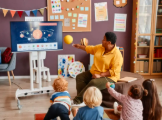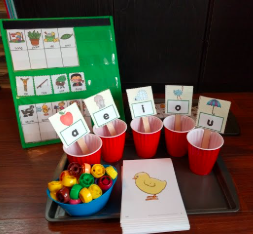Technology is becoming a regular part of early education, offering exciting tools that can support young children’s growth. However, using it responsibly is key to ensuring that screen time is both safe and beneficial. When used thoughtfully, technology can encourage creativity, enhance learning experiences, and prepare children for a digital world.
One of the best ways to introduce technology to young learners is through interactive and educational apps. These programs can teach basic math, phonics, or problem-solving skills in a fun and engaging way. Short sessions with guided adult support ensure that children stay focused while learning something valuable.
Teachers and caregivers play a vital role in helping children use technology wisely. Setting clear limits on screen time helps avoid overuse and allows more time for physical play and face-to-face interaction. It’s also important to choose age-appropriate content that aligns with learning goals and supports the child’s stage of development.
Technology should complement, not replace, traditional learning. Activities such as storytelling, hands-on crafts, outdoor exploration, and social play remain essential in early childhood. Digital tools can enhance these experiences—like using a tablet to follow along with a storybook or recording a group song to celebrate learning.
To foster healthy digital habits, adults can model responsible technology use themselves. Simple actions like turning off devices during meals, prioritizing in-person conversations, and discussing online safety in age-appropriate ways can make a big difference.
In summary, technology has a place in early learning when used with care and purpose. With mindful guidance from adults, young children can benefit from digital tools while still enjoying the rich, hands-on experiences that help them thrive.


